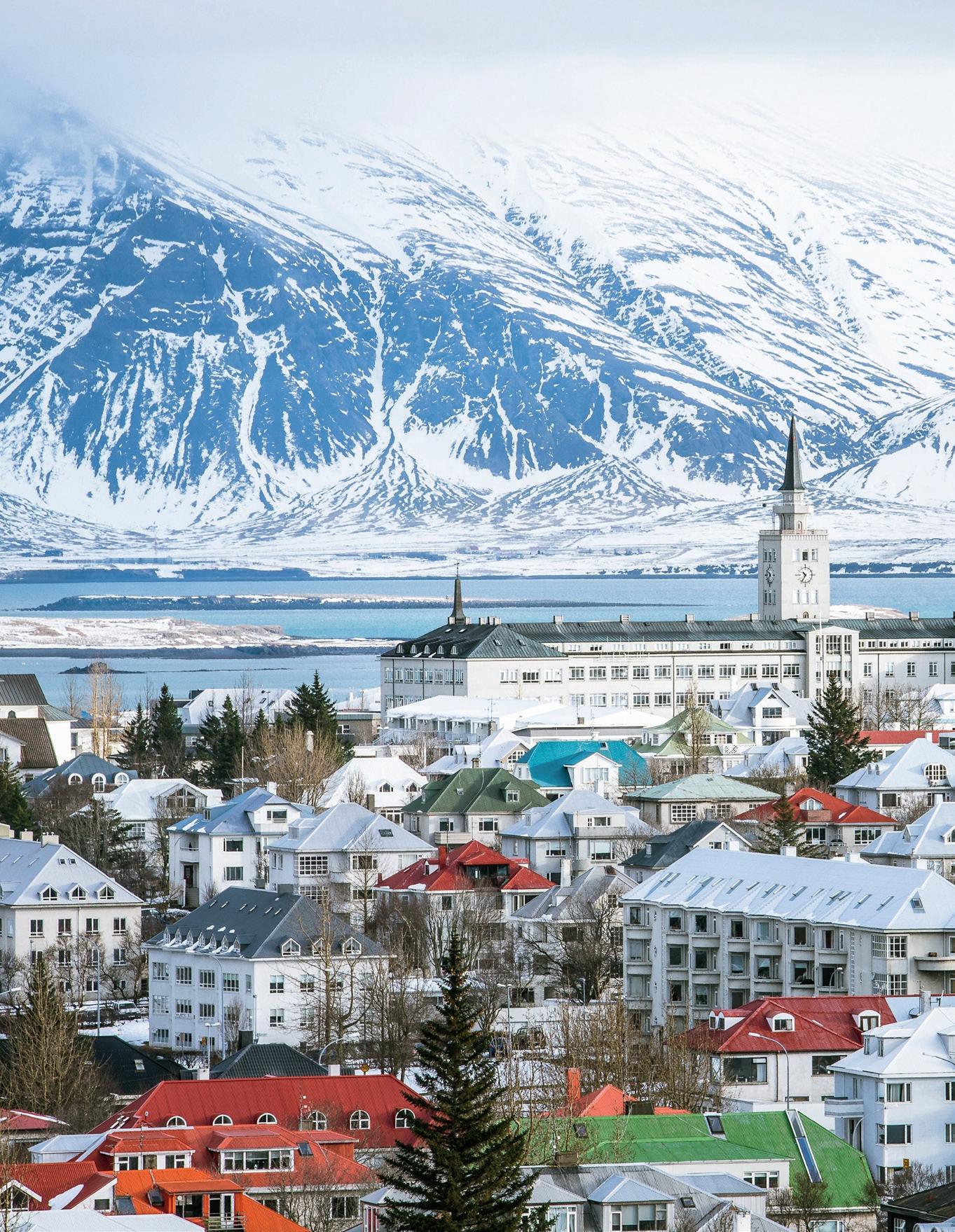Hotel Admiral is located on one of the most prominent addresses in Denmark. Situated on ‘Langelinie’, the hotel lies right between the Royal Danish Theatre and Amalienborg, where the Danish royal family resides. Thus, it is an extremely popular piece of real estate which the hotel group Midstar now owns. Ahead of the hotel purchase, MOE was assigned the task of performing the Technical & environmental due diligence (TEDD) report that was to form the basis for Midstar’s purchase. The hotel’s unique architectural style is part of its charm. The building consists of two old warehouses, one of which dates all the way back to 1787. Of course, this was an element that required extra attention during assessments of the buildings that have, subsequently, undergone extensive renovations on several occasions. What is a TEDD? Usually, the first phase of a TEDD is an environmental assessment that covers construction materials and the quality of the soil and groundwater among other things. The latter mentioned is particularly important should the owner eventually wish to expand the property. The assessment is primarily based on field studies and written materials that describe the building and the surrounding area. Next step is a so-called Red Flag Report that consists of a detailed report of the estate. This provides the client with an easily accessible report concerning potential ‘deal breakers’, which might make the client pull out of the contract. Here, our experts are in charge of identifying all the potential needs for improvement. Each item gets a priority and is categorised according to traffic colour lights where red indicates the most urgent matters. Final step, the client receives an even more detailed report that contains additional financial considerations regarding operation and management budgets as well as an executive summary that makes the report more accessible to the reader. Estates as business cases Our Cost Management department uses the many observations of the building’s condition when they price the renovations and improvements necessary. This can include everything from immediate renovations of the building’s structure and improved fire safety to a ventilation system that needs to be replaced at a later point in time. In some cases, a necessary investment can also be compared to the cost reduction of the subsequent operations, which the chosen solution can induce in the long run. The client then receives a budget for operations and maintenance that maps out the need for investments after the purchase and the following years, for example after 1, 2, 5 and 10 years. Thus, TEDD is not only an extremely advanced conditions report. It also makes it possible for the client to consider investments as they would a business case.
34




















